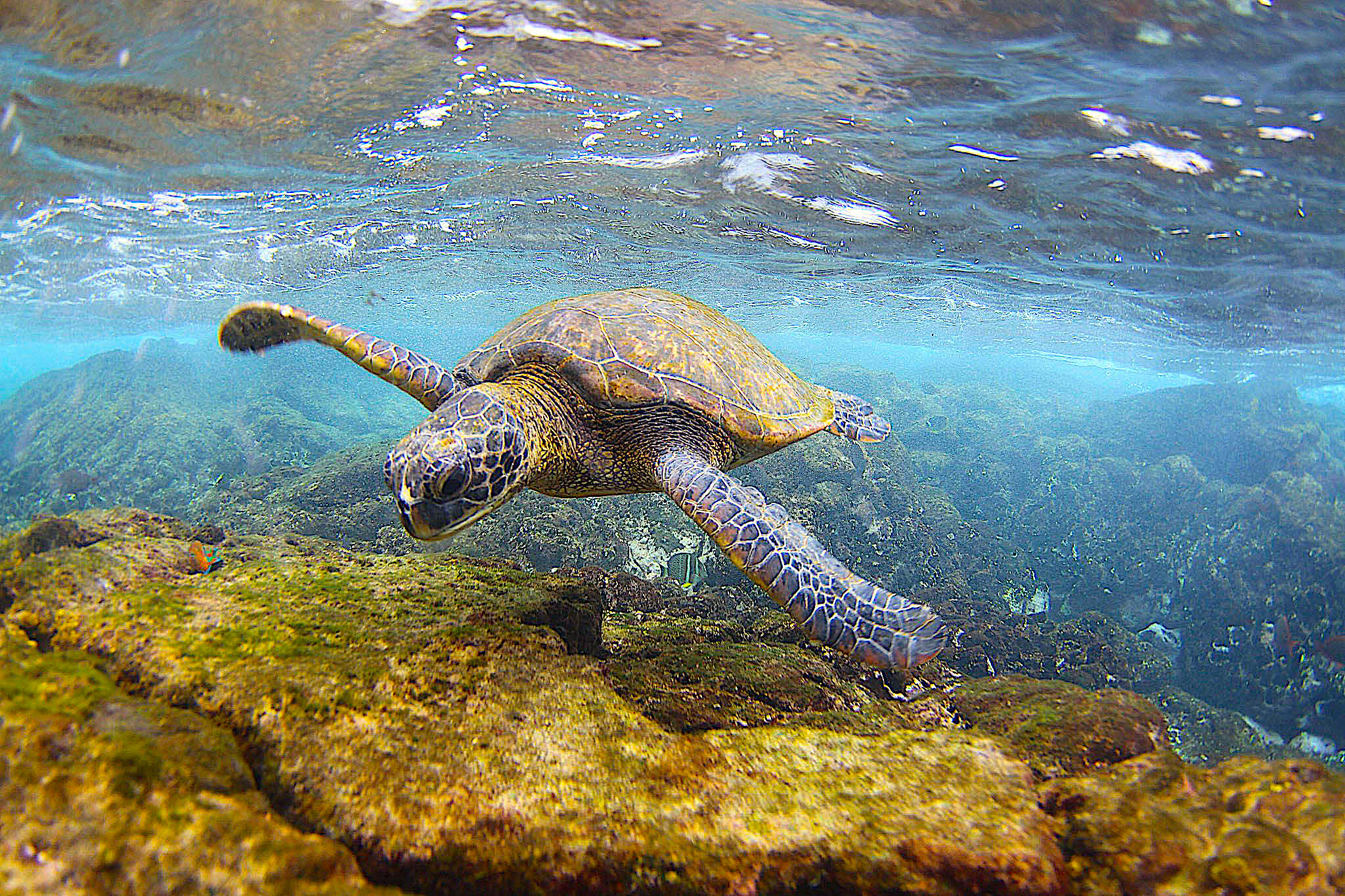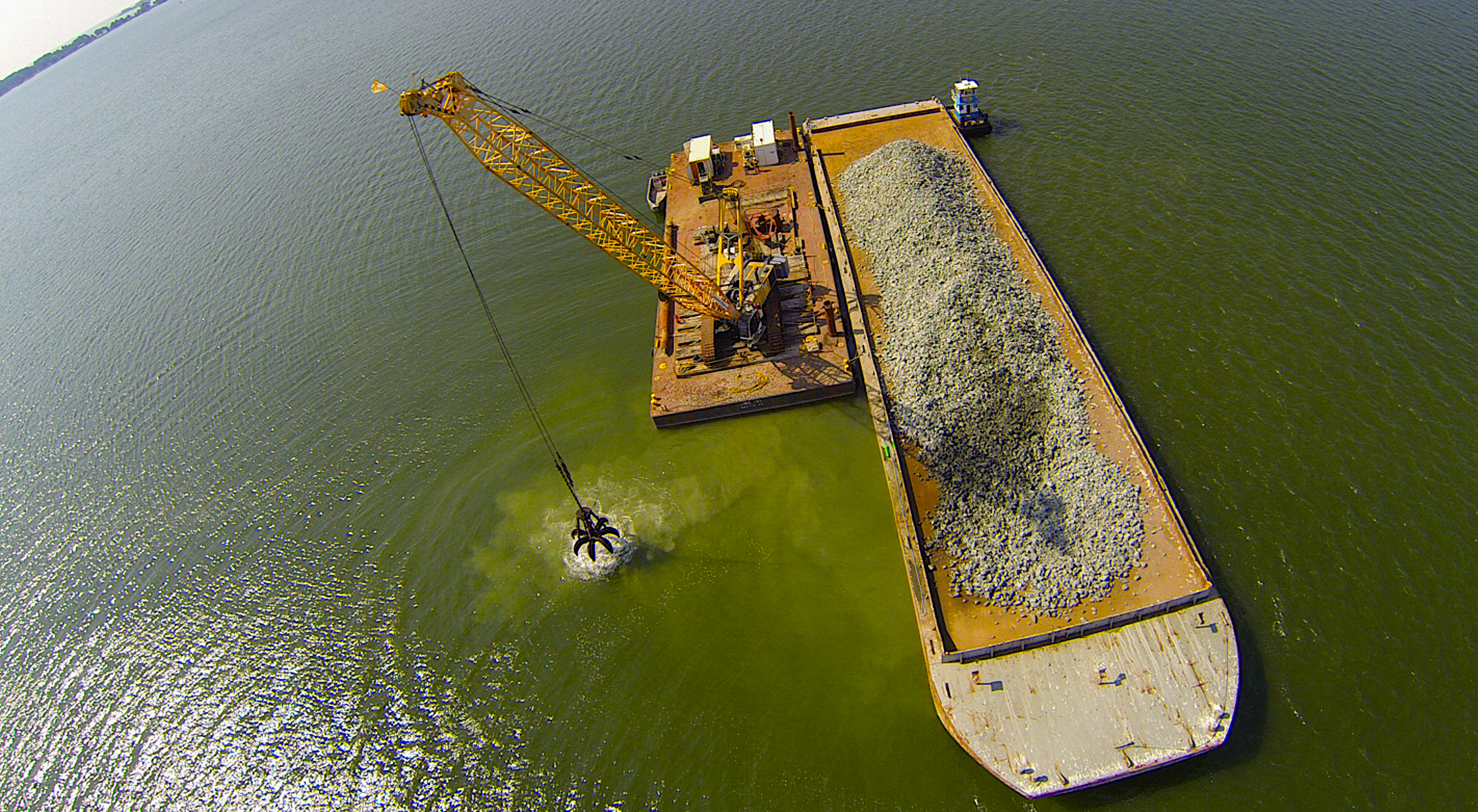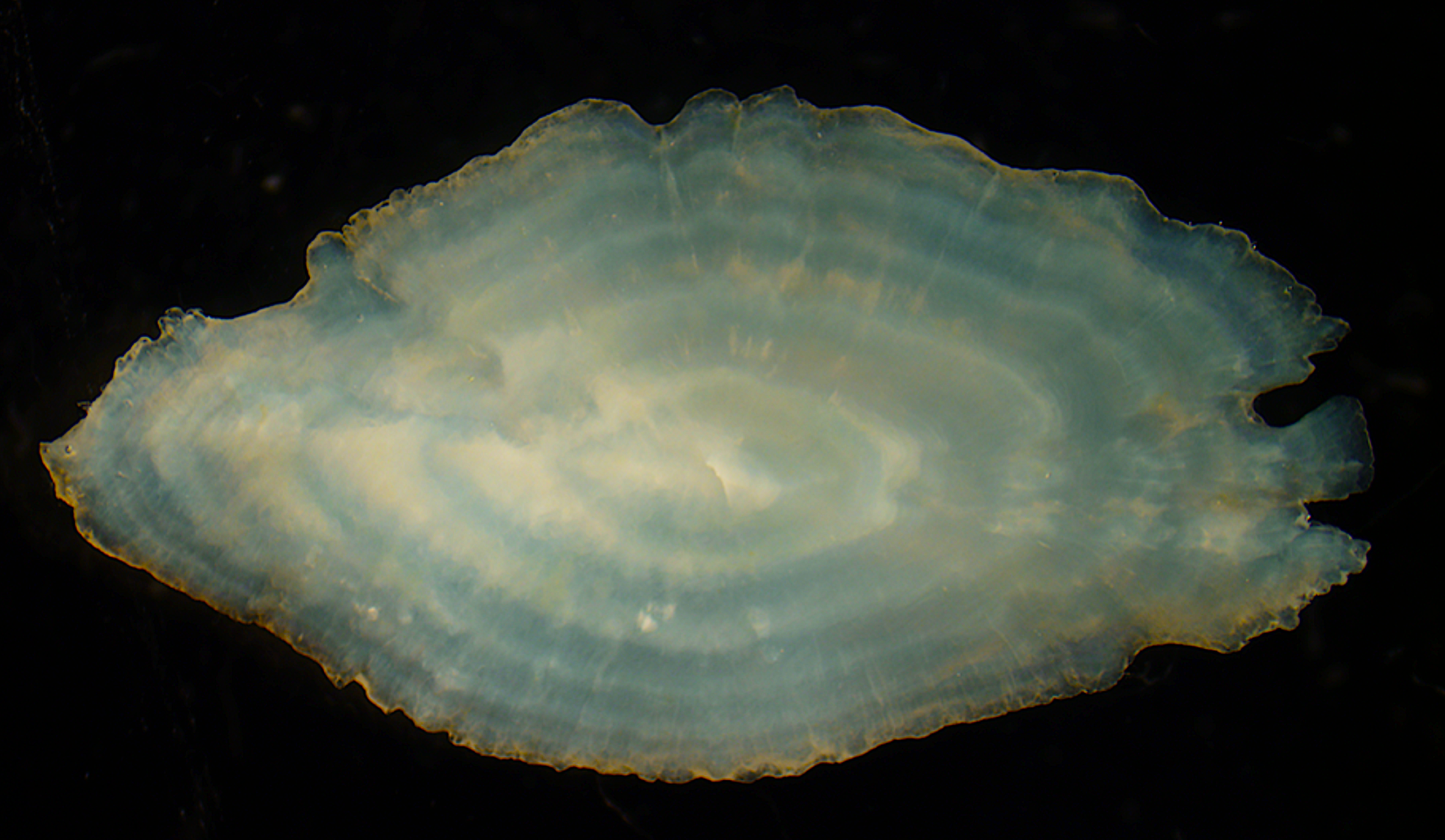Are Anglers and Commercial Fishers Accidentally Catching More Sea Turtles Than We Previously Thought?

A new model shows when and why turtles along the Southeast coast are at risk.
The biggest time of year for pier and shore fishing in North Carolina is fall, when adult fish move down the beach to spawn in and around inlets. But anyone wetting a hook also might have noticed that cooling waters usher in the return of sea turtles to overwinter off the coast.
How much of a chance is there of mistakenly hooking these threatened and endangered creatures?
Research Need
In the United States, the Endangered Species Act protects all species of sea turtles. An endangered species is at risk of extinction because of a rapid decrease in its population or the loss of its critical habitat.
The challenge with protecting sea turtles is it takes 10 to 50 years after hatching (depending on the species) for adult sea turtles to reach sexual maturity. During that time, risk of mortality is high, and bycatch — unintentional or incidental capture of sea turtles — is an important factor in the regulation of commercial fisheries.
Not surprisingly, bycatch is more likely in areas where more turtles are present and where more fishing effort occurs. According to preliminary data from NOAA, so far in 2023 there have been over 10 million estimated trips by anglers in North Carolina.
Researchers wanted to better understand the causes of commercial bycatch and the level of growing recreational interactions with Kemp’s ridley and green sea turtles across the Southeast.
What did they study?
Scientists used NOAA’s data on commercial and recreational coastal fishing in the Southeast. The data spanned Texas through North Carolina from 1996 through 2016.
The team then developed a model to estimate bycatch that used NOAA’s data along with predicted numbers of juvenile turtles by species. The model also accounted for variation in ocean conditions.
The model did not attempt to predict how bycatch would impact mortality, nor did it account for indirect impacts from fishing gear or vessel strikes. It simply identified the fishing sectors most responsible for the unintentional capture of turtles.
What did they find?
The model estimated that bycatch of sea turtles in recreational fisheries was greater than in commercial fisheries overall.
Interactions differed between species, fisheries, and regions. Calculated bycatch rates for Kemp’s ridley sea turtles are roughly 100 times higher than green sea turtles for all types of fishing gear.
Although predicted bycatch rates differ for Kemp’s ridley and green sea turtles, for both species the model shows gillnets have 100 to 10,000 times the bycatch rates of other fishing gear. In addition, about two-thirds of a mile of shrimp trawling results in a similar level of risk of bycatch as a day of recreational fishing.
Anything else?
When comparing model predictions versus federal on-the-water observations, model predictions sometimes were comparable. For example, in shrimp trawls Kemp’s ridley bycatch closely matched observer-based estimates that ranged from 547 to 1,639 turtles per year. In contrast, the model’s predictions for green turtle bycatch from shrimp trawls were substantially less than observer estimates of 227 to 339 turtles.
So what?
Current information on bycatch probably is not including a substantial portion of sea turtles’ interactions with commercial and recreational fishers. As a result, it also might not fully reflect the turtles’ rates of mortality.
Prioritizing engagement with recreational anglers to reduce bycatch could be especially beneficial to sea turtle populations. Applying lessons learned from efforts to protect turtles in commercial fisheries might help meet the challenges that arise from the large and diffuse recreational fishing sector.
Reading
Putman, N.F., Richards, P.M., Dufault, S.G., Scott-Dention, E., McCarthy, K., Beyea, R.T., Caillouet, Jr., C.W., Heyman, W.D., Seney, E.E., Mansfield, K.L. and Gallaway, B.J. (2023) “Modeling juvenile sea turtle bycatch risk in commercial and recreational fisheries,” iScience, 26, 105977. https://doi.org/10.1016/j.isci.2023.105977.
Note: the 2023 data on angler fishing trips in NC is from personal communication with the National Marine Fisheries Service, Fisheries Statistics Division November 6, 2023.
This work was funded by the Gulf Research Program of the National Academy of Sciences (Award No. 2000006434), a Florida RESTORE Act Centers of Excellence Grant through the Florida Institute of Oceanography (Sub-agreement No. 4710-1126-00-H), and the Southern Shrimp Alliance.
BY SARA MIRABILIO.
The text from Hook, Line & Science is available to reprint and republish at no cost, but only in its entirety and with this attribution: Hook, Line & Science, courtesy of Scott Baker and Sara Mirabilio, North Carolina Sea Grant.
- Categories:



